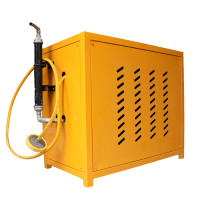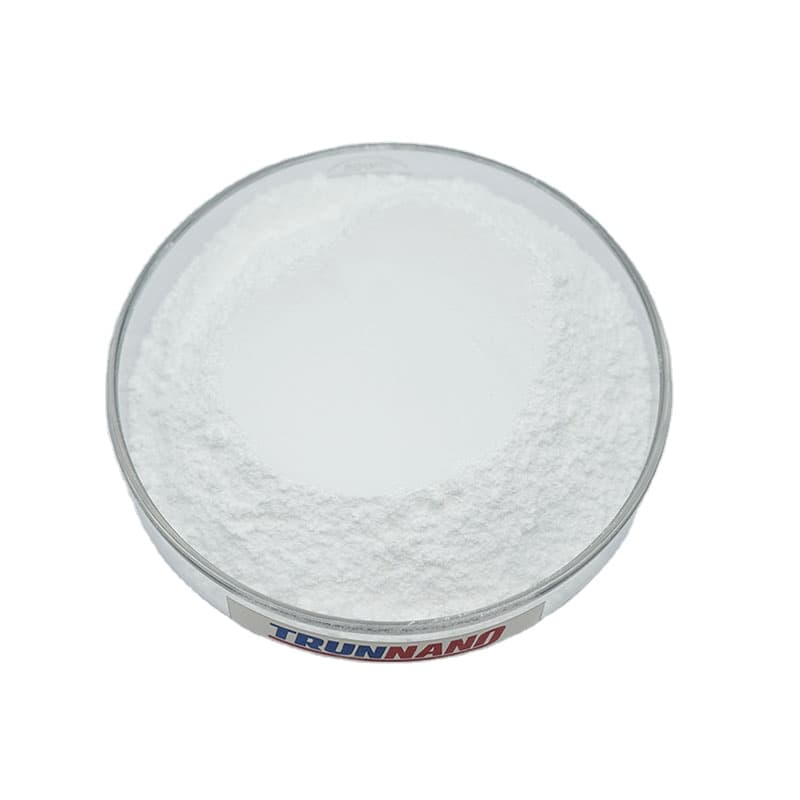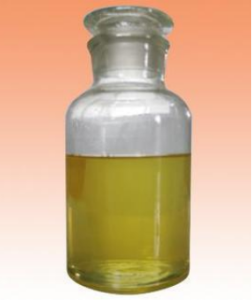Professional solutions on concrete addtives, Concrete Foaming Agent, Superplasticizer, CLC Blocks Additives, and foaming machine
(Their effects on the air entrainment in fresh concrete)
What Concrete admixtures
Air entraining agents (AEA) can reduce the surface tension of fresh concrete to ideally generate uniform, stable, and optimally packed microbubbles during the mixing of concrete, improving the workability, frost resistance, carbonization resistance, and other durability parameters. As a result, AEAs have been widely specified and used in the concrete field since they were first discovered in the mid-1930s. The structure and stability of air bubbles depend on the types of AEA. Şahin et al.Pointed out that fatty alcohol type AEAs produced tiny air bubbles, while synthetic and resin type form coarser and mid-sized bubbles. Barfield et al. Concluded that different AEAs formed concrete with other air-void characteristics, whereby synthetic AEAs produced excellent air-void systems. Łaz´niewska-Piekarczyk reported that synthetic AEAs generated closely spaced and small air voids, followed by AEA made of saponified resin. Good air void structure distribution is crucial for determining the concrete property. Puthipad et al. Claimed that fine air bubbles enhance the workability of fresh concrete and improve the frost resistance and final strength of the hardened concrete. On the other hand, ample air bubbles are unstable and can escape easily from the concrete, thus reducing the stability and eventual frost resistance of the concrete. Powers reported that the frost resistance of concrete highly depends on the air void size and distribution. Many researchers believe that the frost resistance of concrete, besides mechanical strength, mainly depends on the spacing factor and volume of air content. Christodoulou reported that by incorporating AEA, tiny air bubbles form, imparting a ball-bearing effect in fresh concrete that enhances the easiness of aggregate movement. Bruere found that the floatation energy of air bubbles reduces the settlement rate of cement particles and decreases bleeding and segregation.
Their effects on the air entrainment in fresh concrete
In this paper, four commonly used AEAs in China have been investigated for their air entraining abilities in cement pore solution (CPS), their effects on air entrainment in fresh concrete, and their final porosity in hardened concrete. This paper aims to present a correlation between the influence of AEAs on fresh and hardened state concrete. It provides a reference for the development and application of AEAs, especially in China, for the future. To quantify the complex formation and the resulting stability of bubbles in solution, the performance of AEA in CPS is also investigated. AEA-4 is a triterpenoid saponin air-entraining agent. AEA-4 has the highest molecular weight among the three single AEAs and thus cannot form a directional arrangement at the interface, causing adsorption at the gas-liquid interface to be lowest. The presence of spatially distributed hydroxyl groups in the saponins glucose unit, together with intermolecular van der Waals forces, generates thick and elastic bubble films, increasing the stability of bubbles formed.
AEA-1 is a rosin based air entraining agent with carboxyl group
In CPS, many electrolytes, particularly calcium ions, can interact with carboxylic acids to form insoluble calcium soaps. This results in poor foaming capability. However, the insoluble calcium soap is adsorbed on the surface of the liquid film to increase the thickness of the bubble film. It effectively prevents the aggregation and rupture of bubbles, stabilizing the foam. While having the highest amount of initial foam, CPS containing AEA-2 displayed the highest rate of foam loss as a function of time. This shows that sulfate type AEA may have the best air-entraining performance, but when employed alone, the introduced bubble type and stability could be better. In combination, sulfate, and rosin AEA have an excellent performance in air entraining ability and perspective stabilizing power, as confirmed by the synergetic effect presented when AEA-3 is added. While having a similar initial foam amount as AEA-2, the rate of foam loss for AEA-3 is the smallest. The anionic and low molecular weight of SDS (AEA-2) allows the molecules to be agile and quick in arranging on the air-liquid interface, causing good initial foaming ability. However, as the bubble film viscosity is small (low thickness), the coalescing of the tiny air bubbles occurs rapidly and can quickly escape and rupture. From the observation, the presence of SDS gives good foaming ability (AEA-2), while the rosin component (AEA-4) improves the foaming stability of the air-entraining agent. Moreover, SDS, as a straight-chain alkane organic acid with a small and soft molecular structure, can effectively fill the void of rosin molecules to form a wedge-shaped structure that can transform into a stable bilayer as the molecules self-assemble. This further increases the liquid film thickness and improves the stability of the foam.
Price of Concrete admixtures
Concrete admixtures particle size and purity will affect the product's Price, and the purchase volume can also affect the cost of Concrete admixtures. A large amount of large amount will be lower. The Price of Concrete admixtures is on our company's official website.
Concrete admixtures supplier
If you are looking for high-quality Concrete admixtures, please feel free to contact us and send an inquiry. (sales@cabr-concrete.com). We accept payment via Credit Card, T/T, West Union, and Paypal. TRUNNANO will ship the goods to customers overseas through FedEx, DHL, by air, or by sea.
(Their effects on the air entrainment in fresh concrete)







